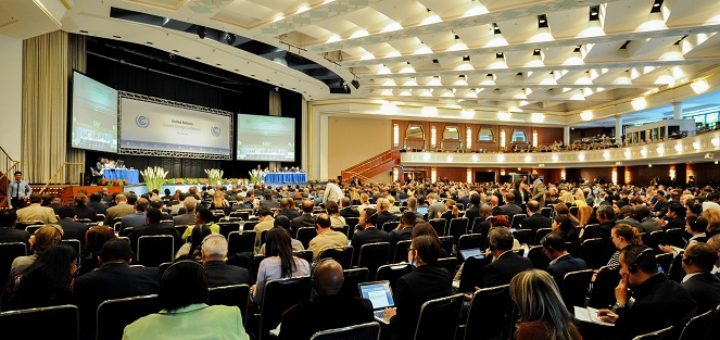The Paris Agreement requires the world to keep climate change below 2°C above pre-industrial levels, with an aim to stay below 1.5°C. The 1.5° target is particularly demanding and would require both major and rapid change in energy demand and consumption. A key element is to analyze Green House Gas Emissions of consumer-based options in the EU, such as food, buildings and transportation. The Carbon-Cap project explores the effects of applying different policy options.
Emission reduced targets
‘20-20-20’ EU energy and climate package targets for 2020 contain three climate and energy goals: 20% reduction of greenhouse gas emissions, a 20% increase in share of renewable energy, and 20% increase in energy efficiency. The impact assessment for the 2020 package was duly conducted with the assumption of coexisting energy and climate policies in place. It is increasingly recognised that there are possible detrimental effects of ‘overlapping policies’ that target the same sector.
Policymakers and stakeholders need a manageable tool to reduce the complexity of different design options. The EU-funded POLIMP project has provided a practical criteria matrix to assist policy makers and relevant decision-makers in evaluating and comparing different proposals for the 2015 Agreement. Several important results of the analysis of Parties’ submissions are given.



